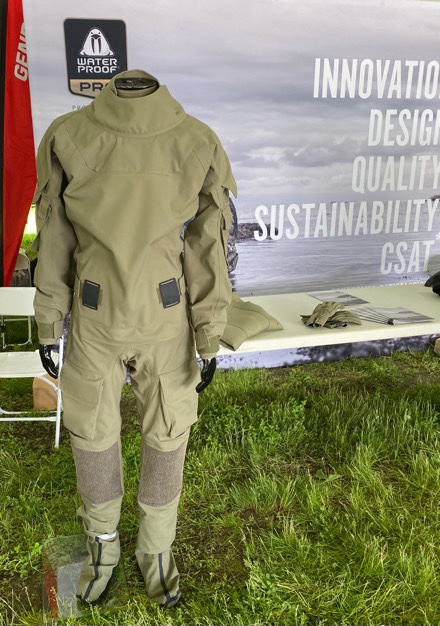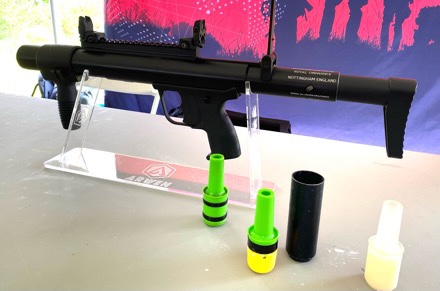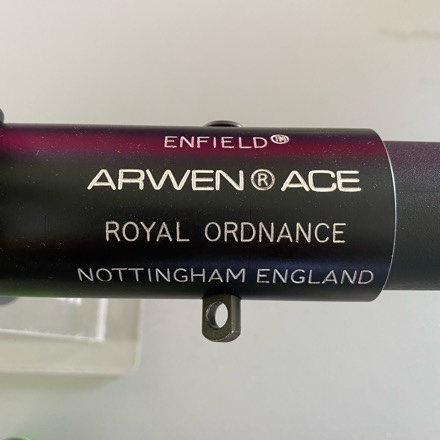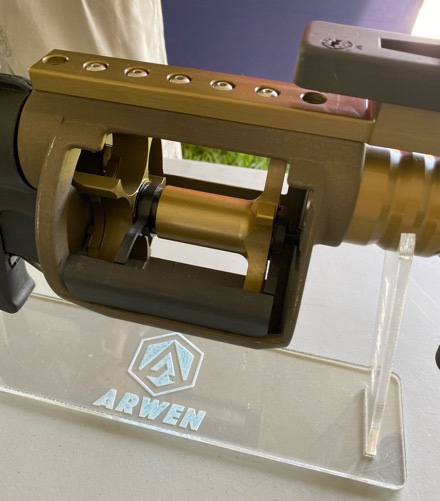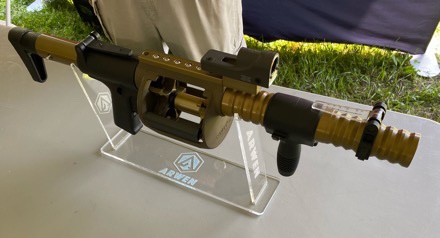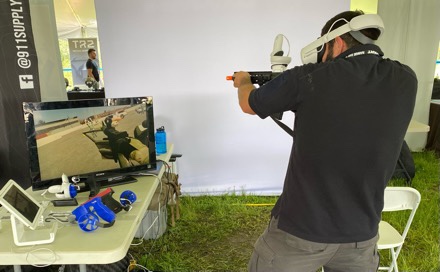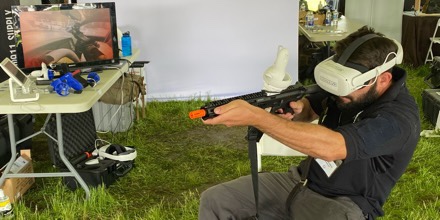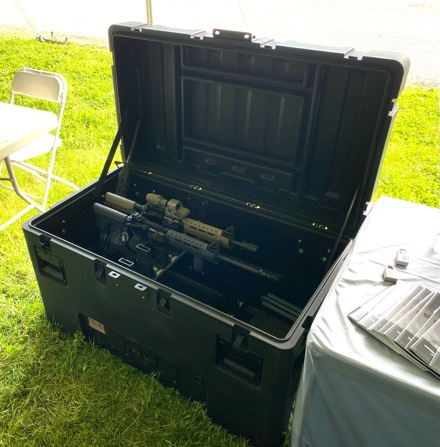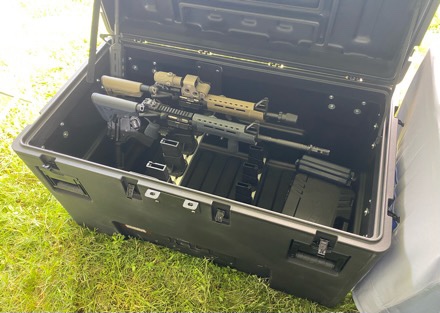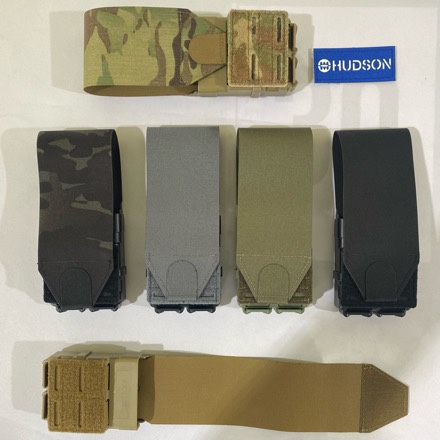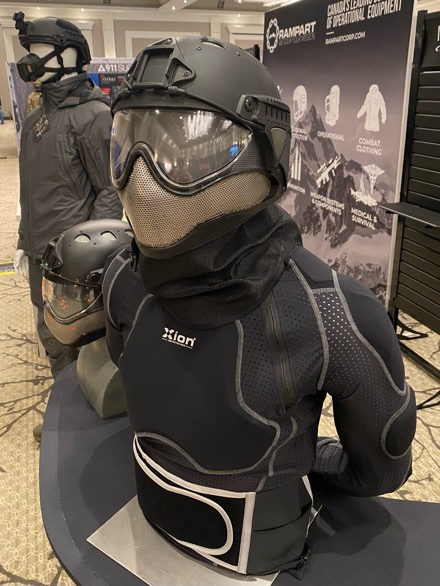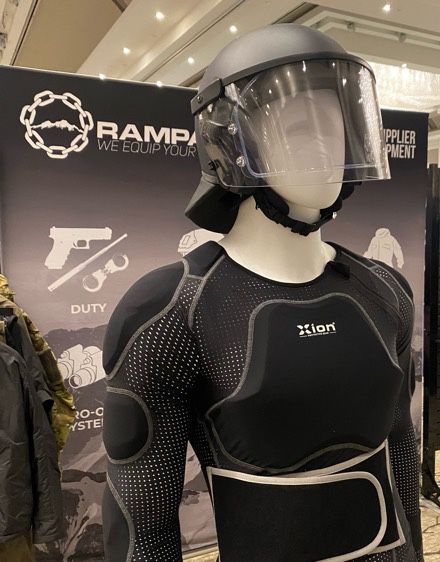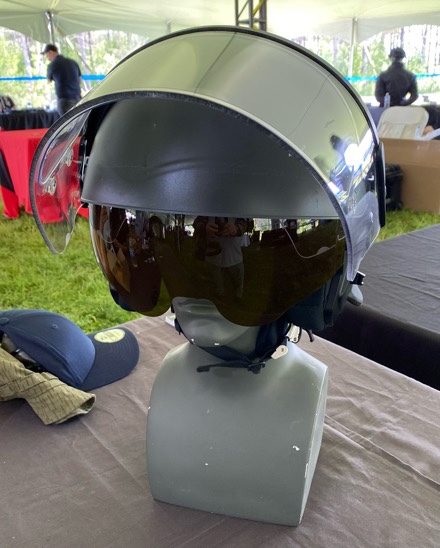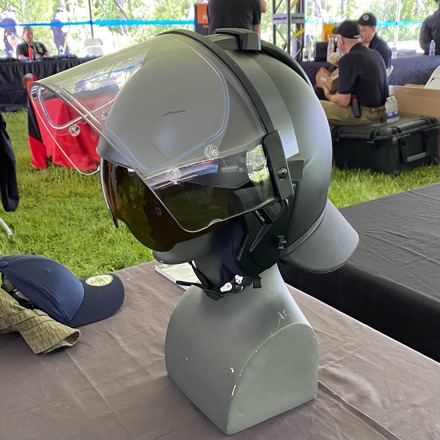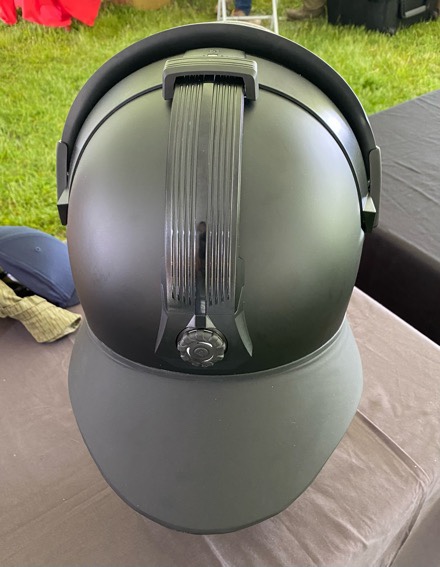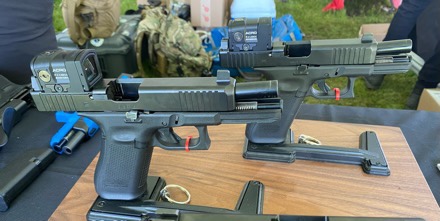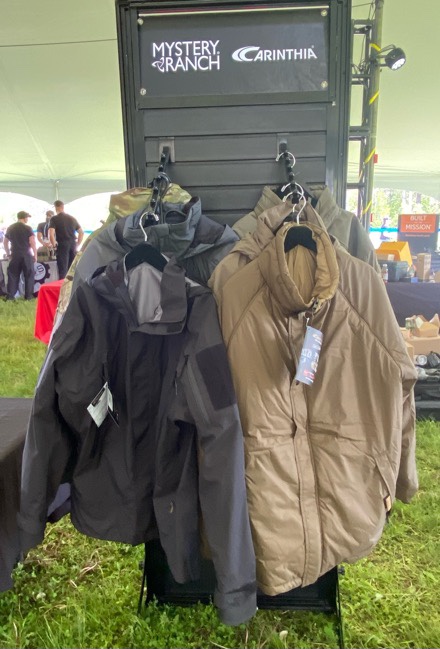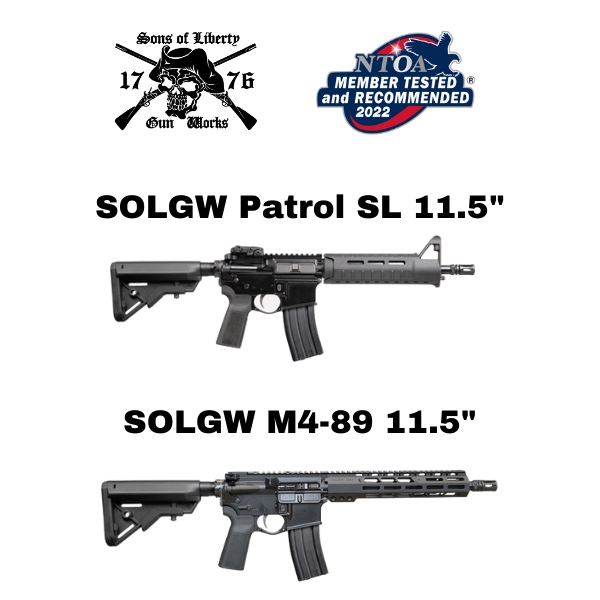CANSEC Canada’s Global Defence and Security trade show 2022 is taking place in Ottawa from 1-2 June. Rheinmetall will be on-site (indoor booth #1121 and outdoor space #3021) showcasing some of its most recent and innovative technologies aimed at providing the Canadian Armed Forces with the edge they need to assure successful outcomes in multidimensional, current and future operating environments.
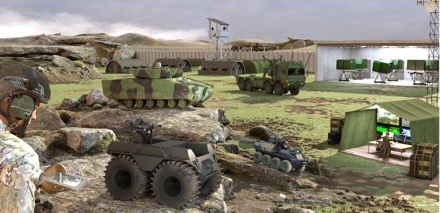
Again this year, numerous Rheinmetall products will be on display at Canada’s largest and most important defence industry event:
OSIRIS simulation system: Thanks to the system, commanders and staff officers of military formations and units can conduct exercises at the tactical, operational and strategic level in a realistic operating environment. This system forms part of the Canadian Army’s Land Vehicle Crew Training System (LVCTS) solution proposed by the FORC3 team.
HX 10×10 Heavy Recovery Vehicle (HRV): This robust vehicle, on display in the outdoor area, combines high off-road mobility with a heavy-duty recovery capability. It is able to recover vehicles in suspended as well as supported (underlift) tow mode. Highly mobile, the 10×10 vehicle features an underlift with a capacity of up to 15 tons as well as a recovery boom.
Naval simulation and training: The Rheinmetall portfolio includes a very broad range of training aids ranging from low complexity with computer-based training (CBT) to high complexity with fully equipped turnkey training centers, covering the principal as well as the derived warfare areas and responding to individual and collective training needs. The technical solutions can be realized in a scalable bandwidth of generic up to original equipment including type-specific settings. Below the surface, submarine command team trainers and submarine control simulators are valuable applications. Above the surface, the challenging conditions can be simulated by sophisticated solutions covering navigation, operations and weapons engagement as well as marine engineering. In a comprehensive approach, connected simulators allow training in distributed exercise scenarios and at different locations. This Total Ship Training constitutes a round and sound naval training environment.
Mission Master A-UGVs: The well-known family of Autonomous Unmanned Ground Vehicles (A-UGVs) is designed to support military troops in dangerous missions, difficult terrain, and hostile weather conditions. Rheinmetall is launching at CANSEC its latest Mission Master XT – Rescue autonomous vehicle. The newly released rescue variant allows for in-field medical intervention and improves casuality care effectiveness no matter the terrain.
Also on display is the Mission Master SP – Fire support with C16 AGL system, a low-profile platform optimized for stealth with low-signature electric drivetrain for silent operations. The equipped 40mm grenade launcher with high-explosive, dual-purpose (HEDP) and airburst ammunitions provides an efficient solution for combat ground targets.
In addition to this, Rheinmetall will also be highlighting a series of different products and technologies coming from various partnerships, all aiming to offer the best solutions available for upcoming Canadian programs.
Joint Fire Modernization (JFM) project: Rheinmetall and Elbit Systems join forces in pursuit of Canada’s Joint Fires Modernization (JFM) project – an initiative that will enable the near real-time sharing of tactical, operational, and strategic fires and effects information through a digital network, delivering an immediate common operating picture. Rheinmetall will have on display from ELBIT:
– HattoriX, a lightweight, accurate remote-controlled, and independent target acquisition platform for short to medium range dismounted ISTAR missions and;
– Rattler-XR, a lightweight, interoperable, simple and easy to use 70mJ coded Laser Target Designator, compliant to NATO STANAG 3733.
HattoriX and Rattler-XR are key components of the Torch-XTM Dismounted-Joint Fire, a digital solution.
Night Vision System Modernization (NVSM) project: Rheinmetall is again teaming up with Elbit Systems for the NVSM project, which will address upcoming capability gaps in the current Army’s night vision equipment fleet. As a solution of choice for the Laser Range Finder – Hand Held Imager – Long Range’ program, Rheinmetall will be presenting Elbit’s advanced target locator and intelligence system named AION-C.
Common Heavy Equipment Replacement (CHER) project: Rheinmetall will join forces with JCB and Manitowoc in pursuit of Canada’s Common Heavy Equipment Replacement (CHER) project – an initiative that will provide the Canadian Armed Forces with dependable and sustainable heavy support equipment capable of enabling the generation of deployable and effective earth working and cargo handling capabilities. Rheinmetall along with JCB and Manitowoc will have the following on display:
– High Mobility Engineer Excavator (from JCB)
– 3 CX Super Backhoe Loader (from JCB)
– 50942 Telescopic Handler (from JCB)
– GMK4060HC 60 Ton Crane (from Manitowoc)
We look forward to welcoming you at CANSEC 2022!

